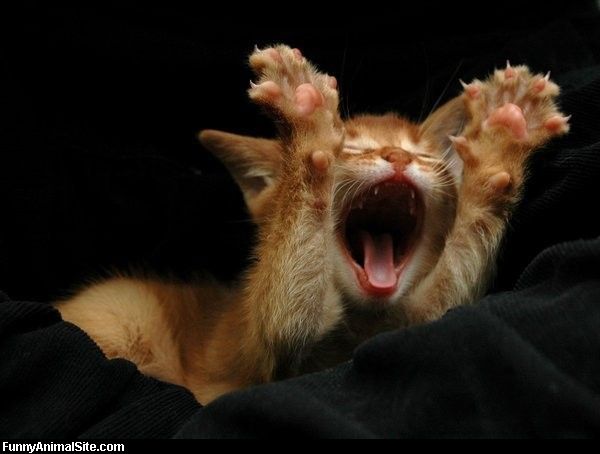Loved this piece posted on 99% about creativity, eccentricity and work habits. It’s interesting to think about your work environment and what kind of rituals you have that help to trigger your best creative work. I generally tend to work best to music. If I’m writing, I prefer to tune in through a solid set of headphones. All different kinds of music can influence how I work from speed to focus or creative thought. I’ve written press releases to the tunes of Aimee Mann, Missy Elliot, Le Tigre and OutKast. The music doesn’t set the tone of what I’m working on, but the practice of closing down my environment and cutting off the sound of other life (street noise, phone calls, office noise) helps to make my task at hand the center of attention.
Why Creative People Need to Be Eccentric
by Mark McGuinness
Creative people have a reputation for eccentricity. It’s not hard to see why when we consider the habits of some well-known creatives.
Like Truman Capote:
I am a completely horizontal author. I can’t think unless I’m lying down, either in bed or stretched on a couch and with a cigarette and coffee handy. I’ve got to be puffing and sipping.
Or Friedrich Schiller, as described by fellow poet Stephen Spender:
Schiller liked to have a smell of rotten apples, concealed beneath his desk, under his nose when he was composing poetry. Walter de la Mare has told me that he must smoke when writing. Auden drinks endless cups of tea. Coffee is my own addiction, besides smoking a great deal, which I hardly ever do except when I am writing.
Or artist Maurice Sendak:
All of my pictures are created against a background of music. More often than not, my instinctive choice of composer or musical form for the day has the galvanizing effect of making me conscious of my direction… A favorite occupation of mine, some years back, was sitting in front of the record player as though possessed by a dybbuk, and allowing the music to provoke an automatic, stream-of-consciousness kind of drawing.
Or Victor Hugo:
He gave all of his clothes to his servant, admonishing him NOT to return them until he (Hugo) had completed his day’s work.
[…] Many people would classify these examples as ranging from harmless eccentricity to borderline insanity, but if you’re an artist or professional creative, you can probably relate to some of them. And having spent 15 years coaching creatives and observing their work habits up close, they look perfectly normal – even essential – to me.
If we recall last month’s piece about the effect of mundane routines on creativity, this kind of behavior starts to make sense. Remember the three characteristics of a hypnotic trigger:
- Uniqueness – it should be something (or a combination of things) you don’t associate with other activities, otherwise the effect will be diluted.
- Emotional intensity – the kind you experience when you’re really immersed in creative work.
- Repetition – the more times you experience the unique trigger in association with the emotions, the stronger the association becomes.
When these three elements are present, the trigger has the effect of inducing the particular state of consciousness that is essential for creative work. In the case of daily routines, repetition is most prominent; but when it comes to bizarre working practices, uniqueness is probably the most powerful element […]
There is a lot more meat to this story and plenty of comments from other readers. Read the full article at 99%.
